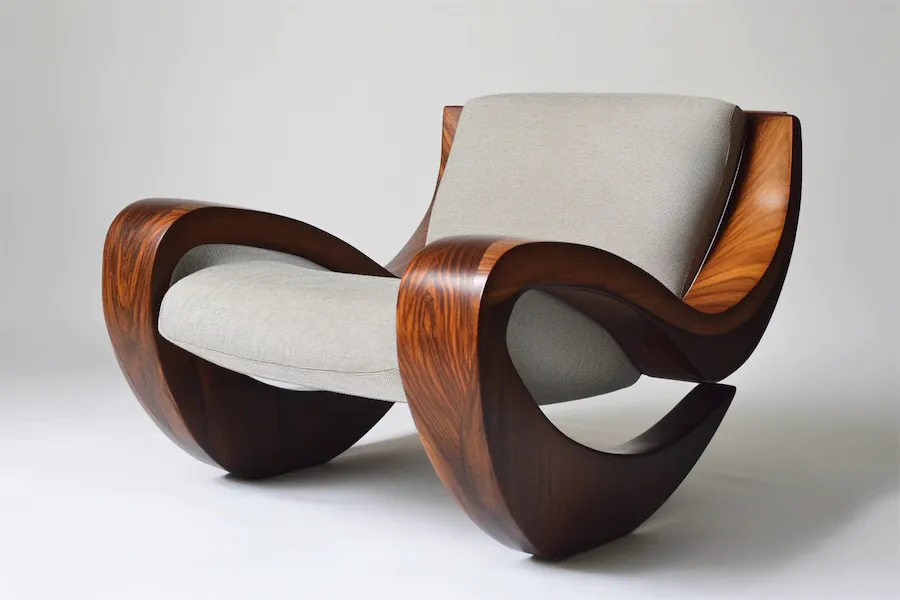Modernist chairs epitomize the fusion of form and function, embodying the principles of the Modernist movement that emerged in the early 20th century. These chairs are celebrated for their innovative use of materials, minimalist aesthetics, and emphasis on practicality.
History and Origins of Modernist Chairs
The genesis of Modernist chairs is deeply rooted in the Bauhaus school, established in 1919, which championed the integration of art, craft, and technology. Designers like Marcel Breuer, Ludwig Mies van der Rohe, and Le Corbusier were instrumental in this movement, creating iconic pieces that have stood the test of time. Breuer’s Model B3 Chair, also known as the Wassily Chair, designed in 1925, is a prime example, being one of the first chairs made of tubular steel.
Key Features of Modernist Chairs
Modernist chairs are characterized by:
- Simplicity and Minimalism: Clean lines and unadorned surfaces reflect the Modernist ethos of “less is more.”
- Innovative Materials: The use of industrial materials such as tubular steel, molded plywood, and plastic was revolutionary.
- Functional Design: Every aspect of the chair serves a purpose, eliminating superfluous elements.
- Ergonomics: Designs often prioritize user comfort, aligning with the human form.
Applications of Modernist Chairs
Modernist chairs have found their place in various settings:
- Residential Spaces: They add a touch of sophistication and timeless design to living rooms and dining areas.
- Commercial Environments: Their durability and aesthetic appeal make them suitable for offices, hotels, and public spaces.
- Cultural Institutions: Many are featured in museums and galleries as exemplars of design excellence.
Considerations When Choosing a Modernist Chair
When selecting a Modernist chair, consider:
- Authenticity: Original pieces can be costly; however, high-quality reproductions are available.
- Materials and Craftsmanship: Ensure the chair is constructed with quality materials and attention to detail.
- Comfort and Functionality: While aesthetically pleasing, the chair should also meet your comfort and practical needs.
- Space Compatibility: Consider how the chair’s design complements your existing décor.
Conclusion
Modernist chairs are more than mere seating; they are artistic statements that encapsulate a pivotal movement in design history. Their enduring appeal lies in their perfect balance of form and function, making them a cherished addition to any space.
